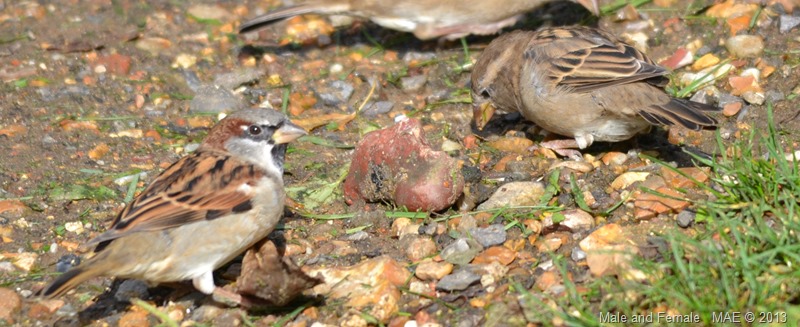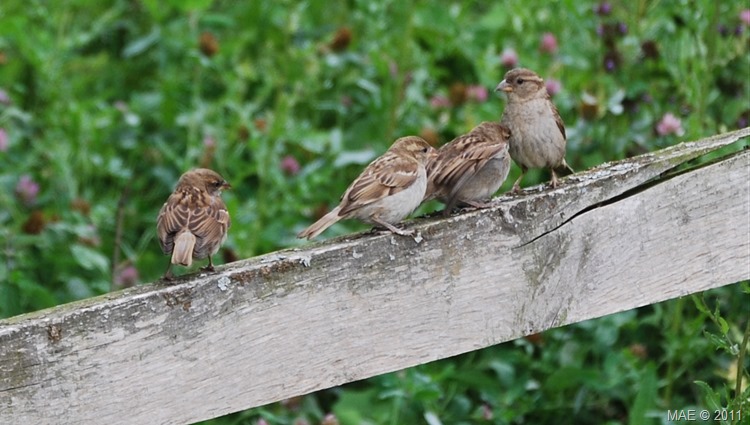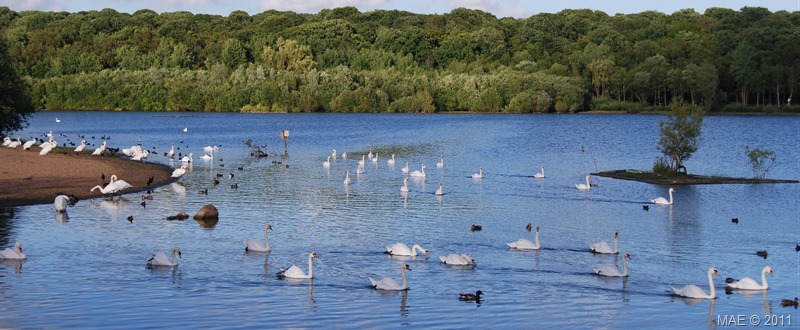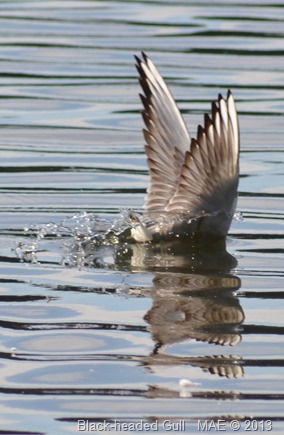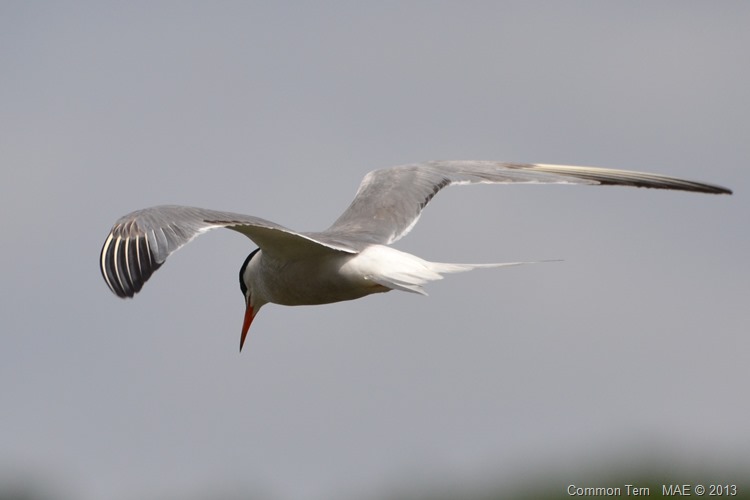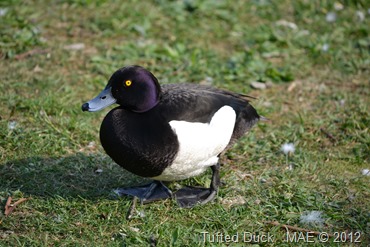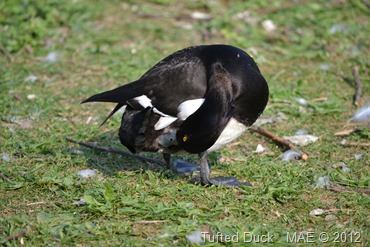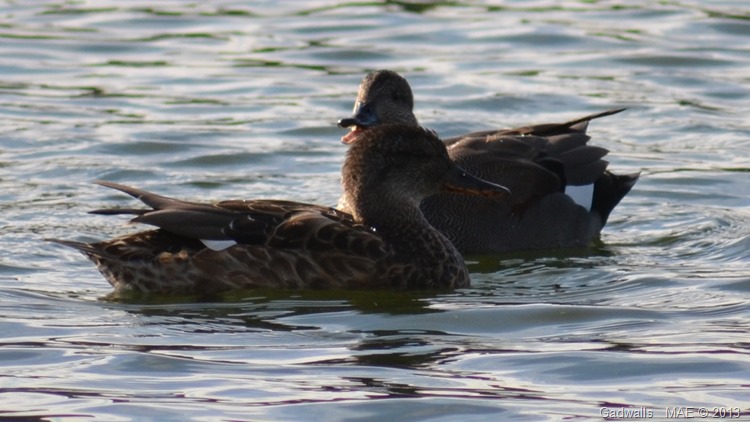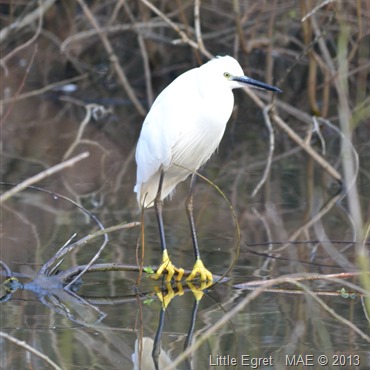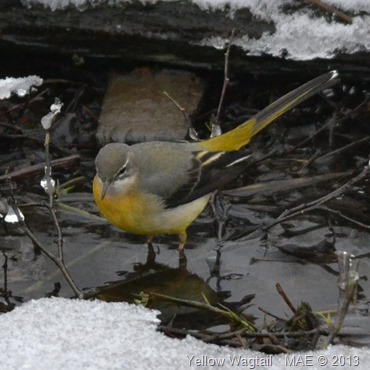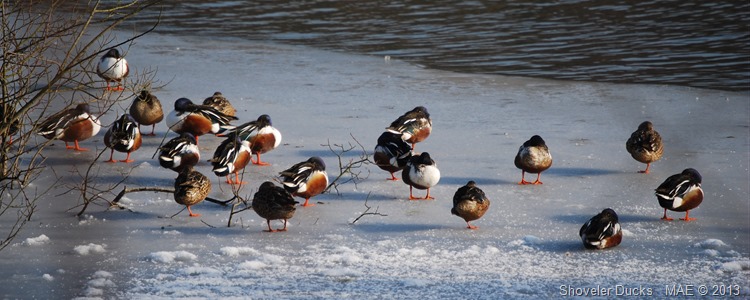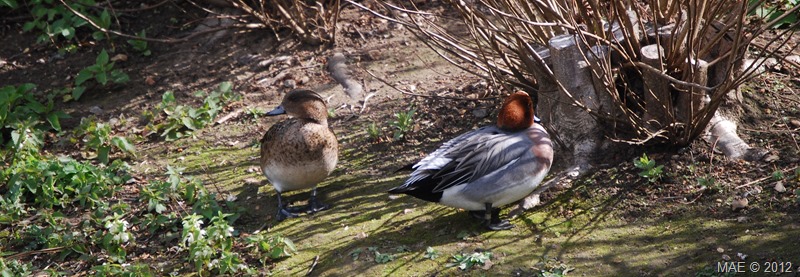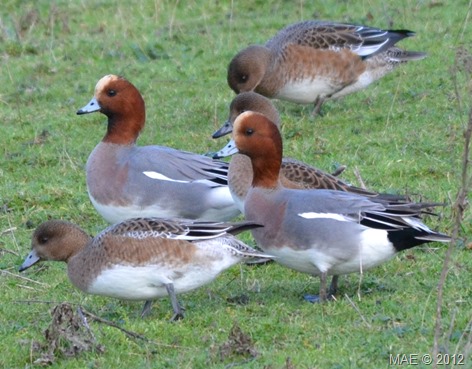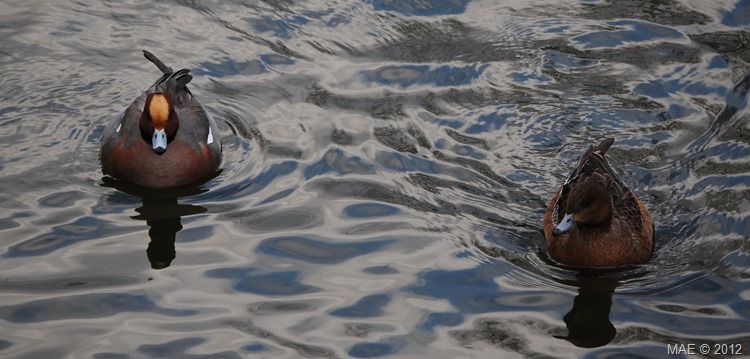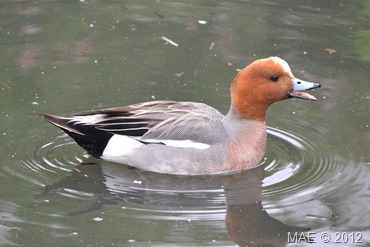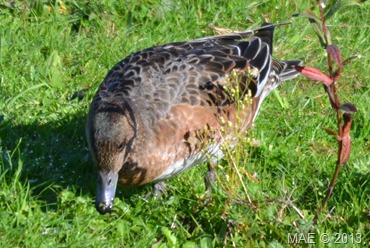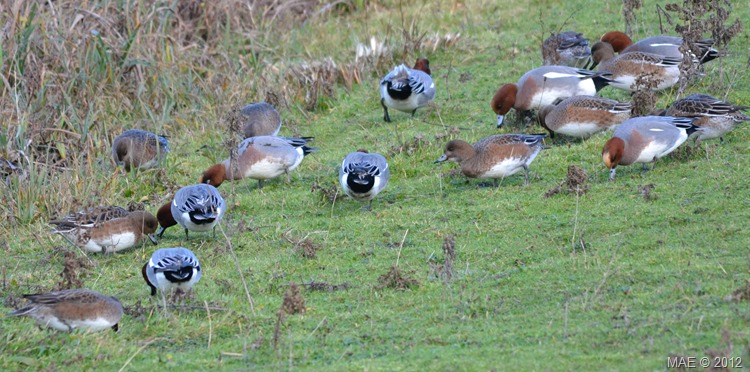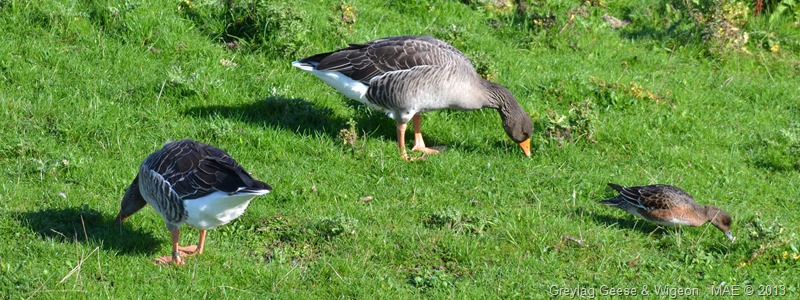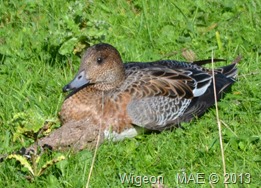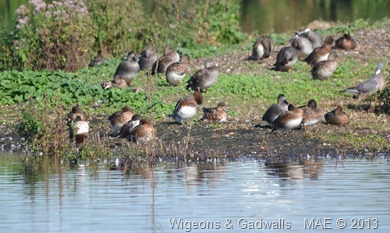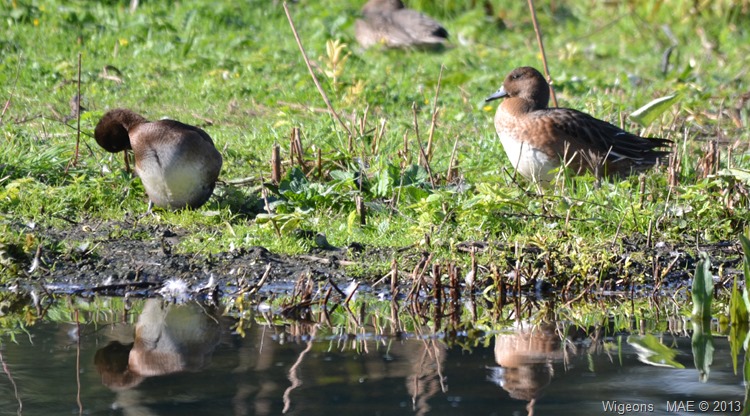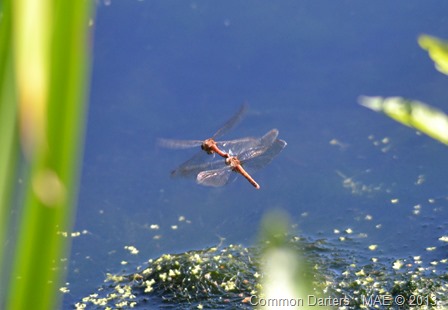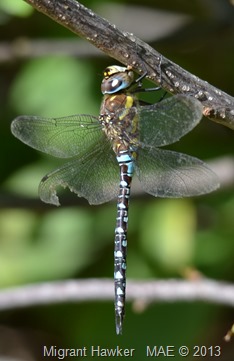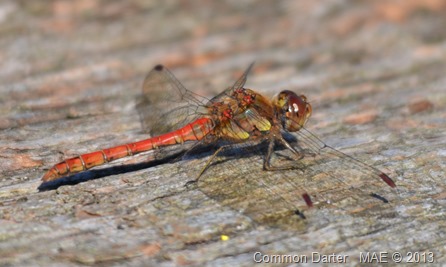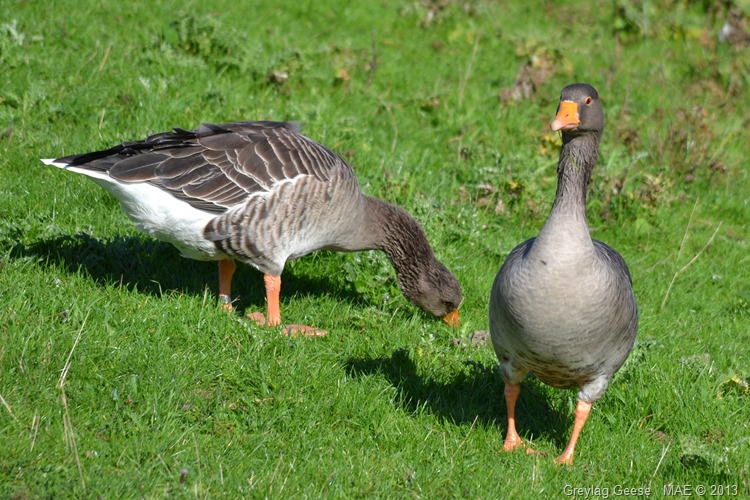 Everybody knows the simple House Sparrow (Passer Domesticus). It is (or should I say: was) the first bird you learn to recognize and every garden in the country has them as a visitor…or not. Because the RSPB website gives some daunting facts:
Everybody knows the simple House Sparrow (Passer Domesticus). It is (or should I say: was) the first bird you learn to recognize and every garden in the country has them as a visitor…or not. Because the RSPB website gives some daunting facts:
House sparrow numbers have dropped nationally over the last 25 years (BTO various data). In Greater London they declined by 68 % between 1994 and 2009 (BTO Breeding Bird Survey data) - and sparrows are now absent from many areas of central London where they were once common.
Recent research has shown house sparrows in urban areas suffer from a lack of invertebrates (insects) to feed their young. This was shown by a study in Leicester, where poor condition and death of young chicks was linked to low numbers of invertebrates in their diet (RSPB and De Montfort University study). A large-scale feeding experiment in London (RSPB study) has demonstrated the importance of invertebrates for the survival of young chicks. Through this project, we tested more natural ways to increase the numbers of invertebrates available to sparrows and other birds in our urban green spaces.
And to be quite honest: I haven’t seen them so much lately. But there is hope. Their decline has been addressed by all kind of projects lately and the facts and figures gathered in those projects (e.g. House Sparrow numbers in relation to insect availability) will help to move to the next step: to bring these little friends back to our urban wildlife.
In order to make the case for the House Sparrow and their re-introduction, I will show some of the few pictures I made of them.
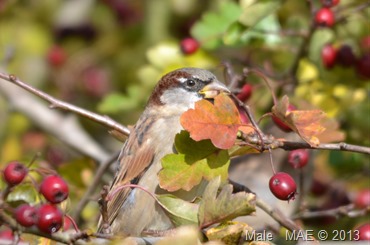 | 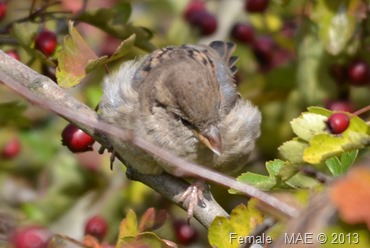 |
Even if they are merely brown and grey, they are quite pretty little birds and definitely worth preserving. I will finish this blog with a picture I took a couple of years ago of four females chatting along (as they do) on a fence.
